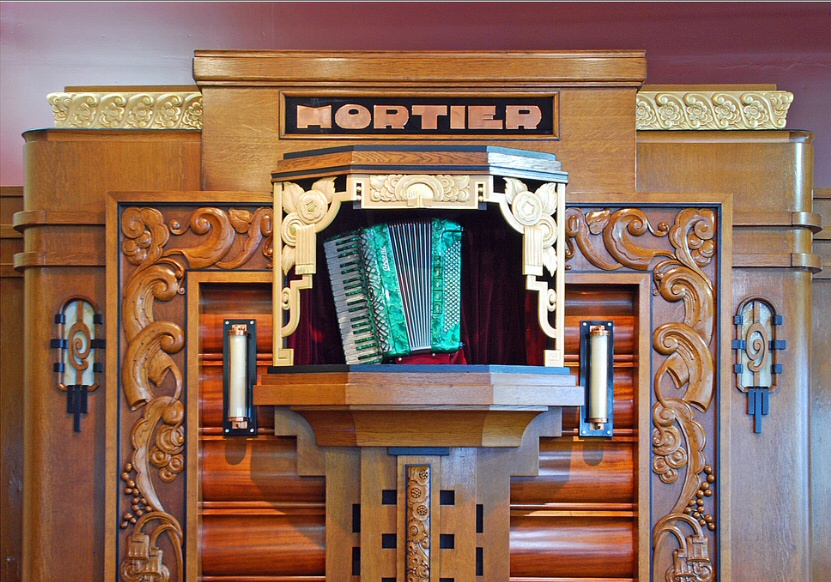
This instrument was a self-contained unit designed to play background music or dance music in European cafes and dance halls in the early 20th century. Made in Antwerp Belgium by Theofiel Mortier .SA in 1930, this particular organ was known as the “style 51” and came in an Art Deco case. This is one of two known examples of this façade style.
There are approximately 600 pipes and percussion traps, this would have originally played from rigid cardboard books with hole perforations, like a player piano roll. When this unit was completely restored in 2000 it was also fitted with MIDI control, allowing more modern music to be played than was produced by Mortier in 1930.
We invite you to be part of our story. However, if you’re unable to visit, you can check us out on our virtual tour. Please click the button below.